The Making of Animatronic Spies So Convincing They Live Among Real Animals

The fiberglass menagerie before you is made up of 34 animatronic beasts, created for Spy in the Wild, a Nature miniseries on PBS in which cameras disguised as animals embed with the real beasts for an immersive take on the nature documentary. Each spy is outfitted with ultra-high-definition (UHD) spy cameras for eyes, allowing it to see its surroundings.
The Spy series began 16 years ago when producer and director John Downer became the first filmmaker to capture life among a pride of lions. He did it by shooting from the point of view of a mobile rock, fondly referred to as Bouldercam. Spy Puffer Fish from his BBC One documentary Dolphins: Spy in the Pod, captured iconic footage revealing how dolphins deliberately get high on puffer fish nerve toxins by chewing on them.
This year’s program is the most ambitious the Spy series has taken on, according to Downer. Filming the 8,000 hours of footage for Spy in the Wild took three years and required the team to travel to 21 different countries, often staying within hundreds of feet of the wildlife they were filming day and night. The five-part series airs Wednesdays through March 1 at 8 p.m. (ET) on PBS and is available for limited-time streaming at in a North London suburb, where Buckbeak the Hippogriff from the Harry Potter films was also created. These animatronics are engineered at the intersection of biology, zoology, robotics, and art, to ensure that the spy creatures are as life-like as possible. The team could make the spies move through remote control, and each spy was also equipped with infrared sensors that triggered movement if another animal came near.
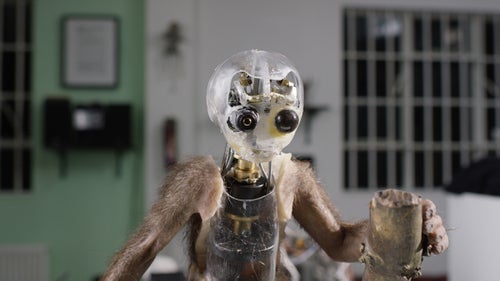
Producer Matthew Gordon, a trained primatologist, worked with Spy Langur in the field. More than filmmakers, the producers are “animal people,” says producer Rob Pilley—biologists, ecologists, and zoologists.
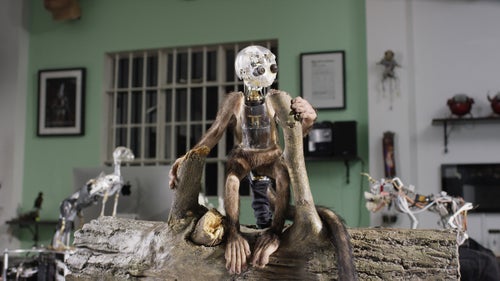
“Natural history has traditionally been observed from the outside,” says Pilley, which could be why Spy in the Wild’s up-close-and-personal view of the animals makes for compelling television.
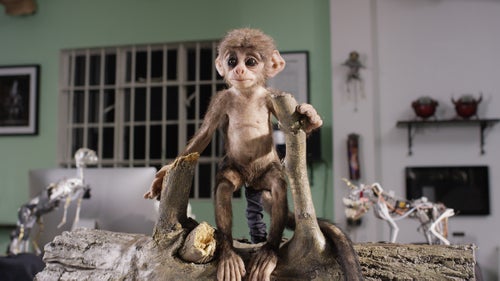
The team never underestimates animals’ ability to distinguish real wildlife from spy wildlife, so design is meticulous. On spies with fur, like the langur pictured, a synthetic coat is punched hair-by-hair into the silicone frame. Out in the field, the team will go so far as to apply Vaseline to the creature’s eyes and nose to give them a realistic luster.
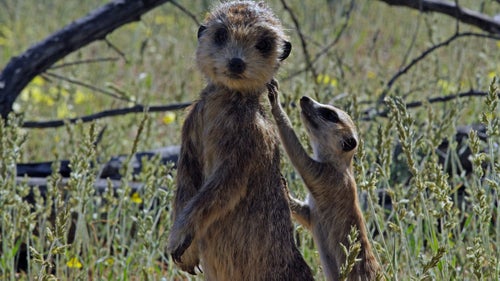
Spy Meerkat was the first to be created for the series. Meerkats are very territorial, so those that smell like outsiders are immediately unwelcome. Producers had to rub droppings collected from their chosen clan onto the spy in order to have any chance at success.
Sometimes an animal would anoint their own smell onto the remote camera devices, as in the case of the Arctic wolves. The wolves would urinate and roll on the equipment, happily incorporating it into their territory, much to the delight of producer Philip Dalton. No pheromones were used during filming, but the spies often became masked in the smell of their environment as they became covered in dirt, mud, and dust.
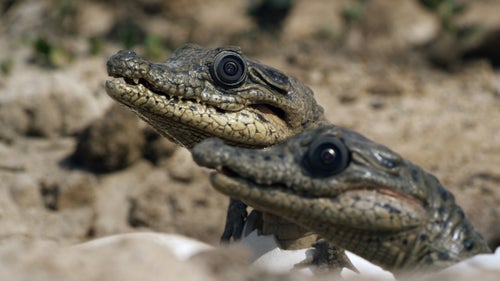
Spy Crocodile is the first ever amphibious robot and took six months to build. Crocodiles are more aurally and visually inclined, relying less on scent to identify familiars and more on accurate posture and movement. They also rely on the cries emitted by crocodile hatchlings, the spy versions of which are pictured above. These cries tell the mother and one another that they are ready to emerge, which is useful as there is safety in numbers.
While the real Nile crocodiles’ behavior as witnessed by the spies was not scientifically groundbreaking, it had only been witnessed in captivity. The Spy Croc Hatchlings were able to capture an unprecedented moment in which they were gathered in the mouth of a wild female, along with her own young, as she carried them all underwater.
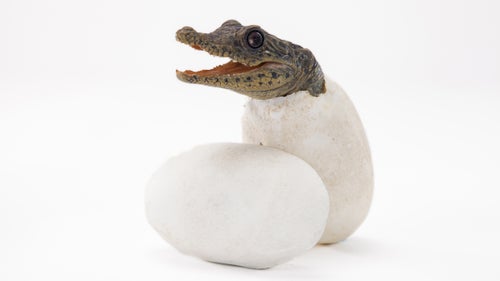
Natural history experts were certain that recording the crocodiles’ behavior in the wild was impossible, but this was not a conventional undertaking: cameras were deployed for ten weeks and filmed almost constantly. It’s not often that research teams can afford so much uninterrupted time in the field, but the Spy in the Wild team had the privilege of a large budget. “It’s difficult for scientists to come by funding for anything more than ten days a year,” says Dalton. “Scientists hypothesize, and we can prove.”
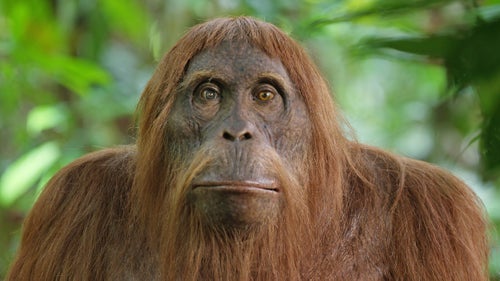
Most of the program’s footage is actually taken from the long lens cameras; the value of the Spies lies mostly in the experiment of embedding technology among the natural order.
This new frontier of study has gained considerable support among scientists like anthropologist Jill Pruetz, who was shown footage of a spy chimpanzee in Senegal. She was astounded at seeing the apes so close. When researching in the field, Pruetz normally shadows the apes at a minimum distance of 20 meters away to avoid affecting their behavior by the transmission of pathogens. She felt that the wide-angle perspective of the remote cameras in the heart of the troop was valuable, as she had never seen the chimps looking quite so human before.
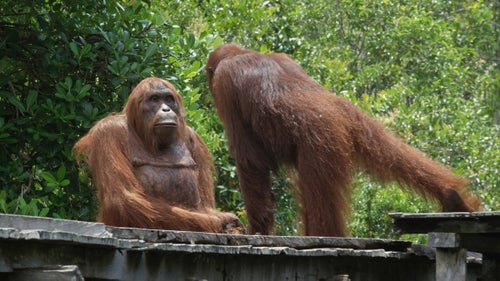
Behind the program is a big team of trackers and field guides, like Birutė Galdikas, who studies orangutans in Borneo and whose local knowledge proves useful when looking for certains types of behavior. Producers also consulted with scientists before deploying the spy into the wild to maximize success.